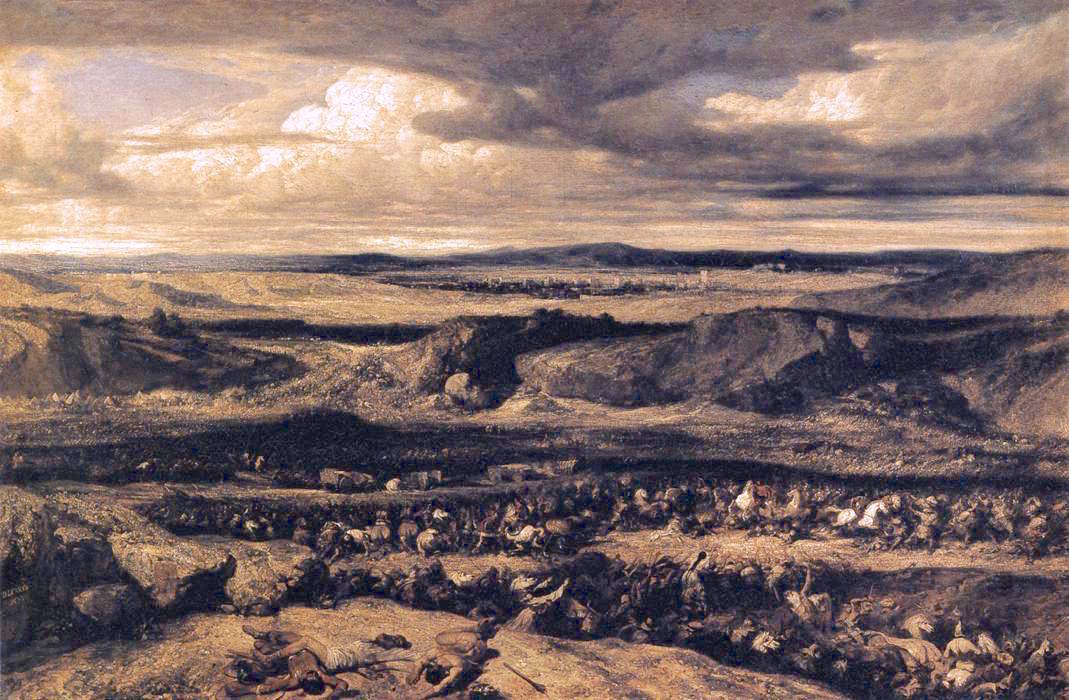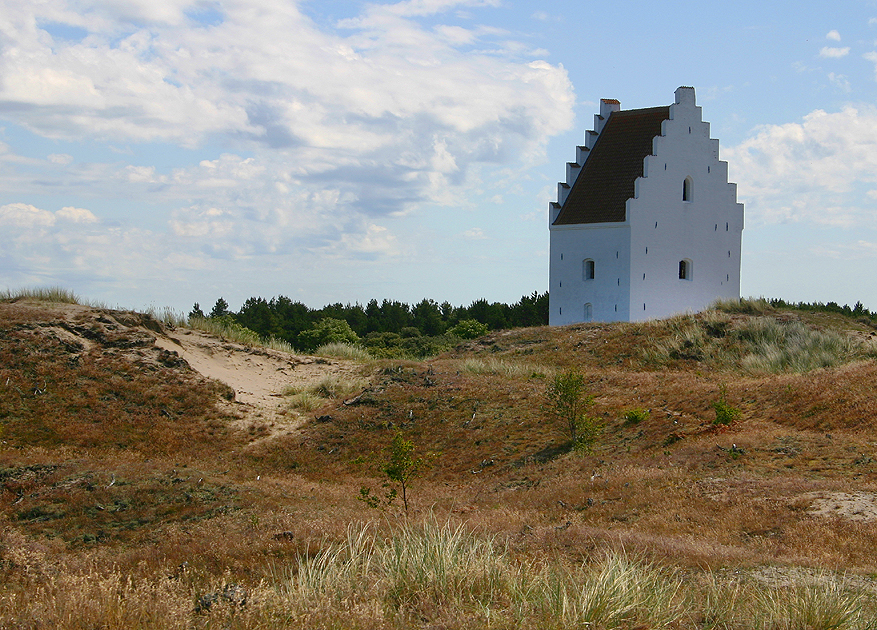|
Aars HK
Aars or Års, () is a Danish town with a population of 8,474 (1 January 2022)BY3: Population 1. January by urban areas, area and population density The Mobile Statbank from in , . Administratively, Aars is the municipal seat of Vesthimmerland Municipality
[...More Info...] [...Related Items...] OR: [Wikipedia] [Google] [Baidu] |
Danish Language
Danish (; , ) is a North Germanic language spoken by about six million people, principally in and around Denmark. Communities of Danish speakers are also found in Greenland, the Faroe Islands, and the northern German region of Southern Schleswig, where it has minority language status. Minor Danish-speaking communities are also found in Norway, Sweden, the United States, Canada, Brazil, and Argentina. Along with the other North Germanic languages, Danish is a descendant of Old Norse, the common language of the Germanic peoples who lived in Scandinavia during the Viking Era. Danish, together with Swedish, derives from the ''East Norse'' dialect group, while the Middle Norwegian language (before the influence of Danish) and Norwegian Bokmål are classified as ''West Norse'' along with Faroese and Icelandic. A more recent classification based on mutual intelligibility separates modern spoken Danish, Norwegian, and Swedish as "mainland (or ''continental'') Scandinavian", while I ... [...More Info...] [...Related Items...] OR: [Wikipedia] [Google] [Baidu] |
Farsø
Farsø is a town with a population of 3,349 (1 January 2022) in Region Nordjylland in Denmark in the Vesthimmerland Municipality. Farsø was the birthplace of Johannes Vilhelm Jensen, winner of the Nobel Prize in Literature in 1944. The village of Vognsild is located to the west of Farsø. Farsø is also called one of the head cities of Vesthimmerland Municipality along with Aars, Løgstør and Aalestrup. History In 1975, the city was described as follows: "Farsø with church, rectory, School, Pharmacist's retail store, District housing, Veirmølle". The town of Farsø got a savings bank in 1877. The inn came in 1883, but until 1912, it was only for road users. After the inauguration of Farsø Hospital in 1894, the city went well around 1900, had a meeting house (from 1897), a mission house (from 1898), a pharmacy, district housing, several merchandise and the joint venture. The railway Farsø was stationed at Aalborg-Hvalpsund Railway in 1910. The city's citizens were so proud of ... [...More Info...] [...Related Items...] OR: [Wikipedia] [Google] [Baidu] |
Års2 600px
Aars or Års, () is a Danish town with a population of 8,474 (1 January 2022)BY3: Population 1. January by urban areas, area and population density The Mobile Statbank from in , . Administratively, Aars is the municipal seat of |
Earl
Earl () is a rank of the nobility in the United Kingdom. The title originates in the Old English word ''eorl'', meaning "a man of noble birth or rank". The word is cognate with the Scandinavian form ''jarl'', and meant "chieftain", particularly a chieftain set to rule a territory in a king's stead. After the Norman Conquest, it became the equivalent of the continental count (in England in the earlier period, it was more akin to a duke; in Scotland, it assimilated the concept of mormaer). Alternative names for the rank equivalent to "earl" or "count" in the nobility structure are used in other countries, such as the '' hakushaku'' (伯爵) of the post-restoration Japanese Imperial era. In modern Britain, an earl is a member of the peerage, ranking below a marquess and above a viscount. A feminine form of ''earl'' never developed; instead, ''countess'' is used. Etymology The term ''earl'' has been compared to the name of the Heruli, and to runic '' erilaz''. Proto-Norse ' ... [...More Info...] [...Related Items...] OR: [Wikipedia] [Google] [Baidu] |
Old Norse
Old Norse, Old Nordic, or Old Scandinavian, is a stage of development of North Germanic languages, North Germanic dialects before their final divergence into separate Nordic languages. Old Norse was spoken by inhabitants of Scandinavia and their Viking expansion, overseas settlements and chronologically coincides with the Viking Age, the Christianization of Scandinavia and the consolidation of Scandinavian kingdoms from about the 7th to the 15th centuries. The Proto-Norse language developed into Old Norse by the 8th century, and Old Norse began to develop into the modern North Germanic languages in the mid-to-late 14th century, ending the language phase known as Old Norse. These dates, however, are not absolute, since written Old Norse is found well into the 15th century. Old Norse was divided into three dialects: Old West Norse, ''Old West Norse'' or ''Old West Nordic'' (often referred to as ''Old Norse''), Old East Norse, ''Old East Norse'' or ''Old East Nordic'', and ''Ol ... [...More Info...] [...Related Items...] OR: [Wikipedia] [Google] [Baidu] |
Cimbri
The Cimbri (Greek Κίμβροι, ''Kímbroi''; Latin ''Cimbri'') were an ancient tribe in Europe. Ancient authors described them variously as a Celtic people (or Gaulish), Germanic people, or even Cimmerian. Several ancient sources indicate that they lived in Jutland, which in some classical texts was called the Cimbrian peninsula. There is no direct evidence for the language they spoke, though some scholars argue that it must have been a Germanic language, while others argue that it must have been Celtic. Together with the Teutones and the Ambrones, they fought the Roman Republic between 113 and 101 BC during the Cimbrian War. The Cimbri were initially successful, particularly at the Battle of Arausio, in which a large Roman army was routed. They then raided large areas in Gaul and Hispania. In 101 BC, during an attempted invasion of the Italian peninsula, the Cimbri were decisively defeated at the Battle of Vercellae by Gaius Marius, and their king, Boiorix, was killed. So ... [...More Info...] [...Related Items...] OR: [Wikipedia] [Google] [Baidu] |
Sæby
Sæby () is a town and seaport located on the east coast of the historical region of Vendsyssel in the Jutland peninsula in northern Denmark. The town is located in Frederikshavn municipality in Region Nordjylland. It has a population of 8,838 (1 January 2022). Sæby was granted market rights in 1524. History Until 2007 Sæby was the main town in Sæby municipality. Since 2007 part of Frederikshavn municipality. Attractions * Sæby Glassblowing Workshop * Sæby Harbour * Sæby Church * Fruen fra Havet: 6,25 m. high statue standing on the pier at the entrance to Sæby harbour. The statue was made by artist Marit Benthe Norheim and it was inaugurated in 2001. * Sæby Museum * Sæby Old Town * Sæby Teddies (two persons in teddy-bear costumes) * Sæby Watermill * Sæbygaard Manor: A manor house from the renaissance. Inside there is a small museum with exhibitions of historical furniture. * Sæby Beach * Sæby Townsquare Notable people Science & Business * Jacob Severin (1691 ... [...More Info...] [...Related Items...] OR: [Wikipedia] [Google] [Baidu] |
Skagen
Skagen () is Denmark's northernmost town, on the east coast of the Skagen Odde peninsula in the far north of Jutland, part of Frederikshavn Municipality in Nordjylland, north of Frederikshavn and northeast of Aalborg. The Port of Skagen is Denmark's main fishing port and it also has a thriving tourist industry, attracting 2 million people annually. The name was applied originally to the peninsula but it now also refers to the town. The settlement began during the Middle Ages as a fishing village, renowned for its herring industry. Thanks to its seascapes, fishermen and evening light, towards the end of the 19th century it became popular with a group of impressionist artists now known as the Skagen Painters. In 1879, the Skagen Fishermen's Association was established with the purpose of facilitating the local fishing industry through the Skagensbanen railway, which opened as a narrow-gauged railway in 1890. The modern port of Skagen opened on 20 November 1907, and with ... [...More Info...] [...Related Items...] OR: [Wikipedia] [Google] [Baidu] |
Sjælland
Zealand ( da, Sjælland ) at 7,031 km2 is the largest and most populous island in Denmark proper (thus excluding Greenland and Disko Island, which are larger in size). Zealand had a population of 2,319,705 on 1 January 2020. It is the 13th-largest island in Europe by area and the 4th most populous. It is connected to Sprogø and Funen by the Great Belt Fixed Link and to Amager by several bridges in Copenhagen. Indirectly, through the island of Amager and the Øresund Bridge, it is also linked to Scania in Sweden. In the south, the Storstrøm Bridge and the Farø Bridges connect it to Falster, and beyond that island to Lolland, from where the Fehmarnbelt Tunnel to Germany is planned. Copenhagen, the capital of Denmark, with a population between 1.3 and 1.4 million people in 2020, is located mostly on the eastern shore of Zealand and partly on the island of Amager. Other cities on Zealand include Roskilde, Hillerød, Næstved, Helsingør, Slagelse, Køge, Holbæk a ... [...More Info...] [...Related Items...] OR: [Wikipedia] [Google] [Baidu] |
Zealand
Zealand ( da, Sjælland ) at 7,031 km2 is the largest and most populous island in Denmark proper (thus excluding Greenland and Disko Island, which are larger in size). Zealand had a population of 2,319,705 on 1 January 2020. It is the 13th-largest island in Europe by area and the 4th most populous. It is connected to Sprogø and Funen by the Great Belt Fixed Link and to Amager by several bridges in Copenhagen. Indirectly, through the island of Amager and the Øresund Bridge, it is also linked to Scania in Sweden. In the south, the Storstrøm Bridge and the Farø Bridges connect it to Falster, and beyond that island to Lolland, from where the Fehmarnbelt Tunnel to Germany is planned. Copenhagen, the capital of Denmark, with a population between 1.3 and 1.4 million people in 2020, is located mostly on the eastern shore of Zealand and partly on the island of Amager. Other cities on Zealand include Roskilde, Hillerød, Næstved, Helsingør, Slagelse, Køge, Holbæk a ... [...More Info...] [...Related Items...] OR: [Wikipedia] [Google] [Baidu] |
Helsinge
Helsinge is the municipal seat of Gribskov Municipality in Region Hovedstaden on Zealand in Denmark. As of 1 January 2022, it has a population of 8,616.BY3: Population 1. January by rural and urban areas, area and population density The Mobile Statbank from History In early 19th century Helsinge was as small as the nearby s, but it had an inn and a an ...[...More Info...] [...Related Items...] OR: [Wikipedia] [Google] [Baidu] |
Ribe
Ribe () is a town in south-west Jutland, Denmark, with a population of 8,257 (2022). It is the seat of the Diocese of Ribe covering southwestern Jutland. Until 1 January 2007, Ribe was the seat of both a surrounding Ribe Municipality, municipality and Ribe County, county. It is now part of the enlarged Esbjerg Municipality in the Region of Southern Denmark. History The town was a center of commercial activity in the early 8th century, and this may have originated with royal influence. Coins may have been struck there in 720. Whichever king was involved in the digging of the Kanhave Canal may have been involved in the establishment of Ribe also. Trade contacts were mostly with Frisia and England. Of the over 300 sceatas found in Denmark, 216 come from in or around Ribe, most of them the Wodan type, and these were likely minted in Ribe in the early eighth century. The Ancient Diocese of Ribe was established in 948 with the consecration of Leofdag of Ribe as its first bishop. Earl ... [...More Info...] [...Related Items...] OR: [Wikipedia] [Google] [Baidu] |










.jpg)
